How to chose a wine if not by it's cover?

Choosing wine can be a veritable minefield for many people. With hundreds of bottles on a shelf or a wine list and in some cases very little information on the label or on the shop shelves.
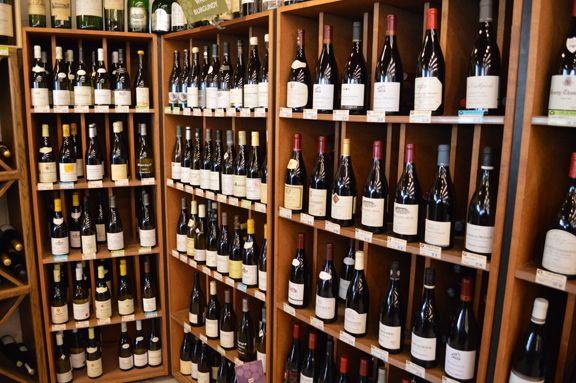
Add to that the British distaste for asking for help, there's no wonder we struggle.
If you haven't spent your days memorising wine regions to pass an exam or to impress your friends then it can be difficult to decipher what you will be getting from the label alone.
There are, however, some simple things to do and look for that will help to simplify it.
Actually, ask for help!
I know it goes against every instinct that we have, but trying to look as knowledgeable about everything that we can is normally not the best approach.
All of us have at some point started waxing lyrical about a specific subject to eventually realise we either have started making things up or have been talking very authoritatively to someone who knows far more about the subject than we ever could.
Sadly this applies to the role of a Sommelier more than other professions. Top Sommeliers have studied for years and spend many a painful day tasting wines, dealing with suppliers, and writing tasting notes and food pairings so they are better informed to advise you about the wines they have on offer.
Some wine lists have thousands of different wines and Sommeliers have carefully curated the offer for your enjoyment.
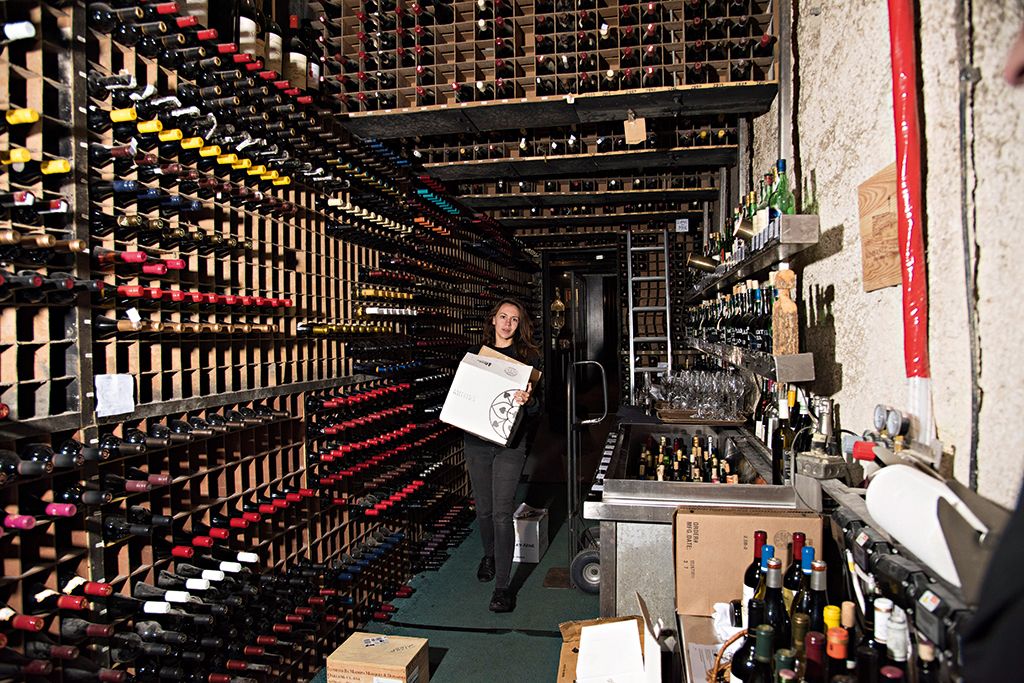
It's a tough job but someone has to do it.
So the best option is to just ask.
Be honest with what you are looking for, how much you want to spend, and trust the professional; your evening will be richly rewarded for it.
ABV
It's not something that most people look at when it comes to wine, but the amount of alcohol in the bottle can give you an indication of how sweet a wine will be.
Anything under 11% is likely to have some residual sugar left in the wine which can be off-putting for many people. This is one of the reasons that so many people aren't big fans of rieslings. It's not because all riesling is sweet, it's because the labels don't give you enough information to know if the wine will be sweet or dry.
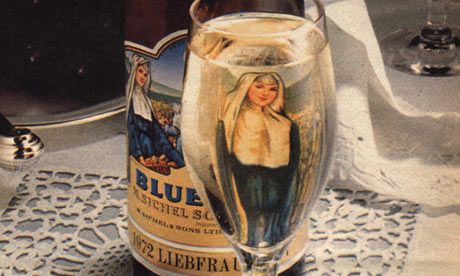
Saying this, Riesling is one of my favourite grapes in all the world and for me, the very best ones come from Alsace, Germany, and Australia.
The above picture should not in any way reflect on the quality of wines produced in Germany just on the assumption regarding the English palate made at that time.

Drink what you like
Wine is a very subjective thing so if you like Riesling, Pinot Noir, or Sauvignon blanc then choosing the same variety is a good place to start.
But it is not the only thing to consider.
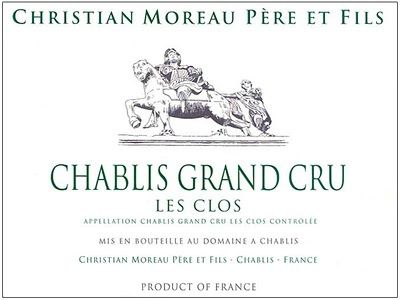
Every sommelier will have heard it a hundred times. "I hate Chardonnay but love Chablis." Sadly for all involved, Chablis is made from Chardonnay. They just like the Chardonnay from that particular region in France made in that style and not from the other regions or styles they may have tried from around the world.
The region where a wine is made will have a huge impact on the style of wine made - just think of the different climates around the world and imagine how that can affect how the grapes will ripen.
As do the wine-making techniques used - think of oak and the dramatic impact that could have on the flavour of your wine. Some wines will say unoaked, some regions will require the use of oak (but you would need to know a lot about wine to know what to expect.)
So if you like wine from a specific region or country then you should explore wines from that region - you won't always like every wine you try but it is good to experiment to find the ones you do - when combined with your favourite varieties it is a winning formula.
Sadly we have to think about the price
I'm not saying that the more you pay for the wine the better but I am warning you to beware of how much money has gone into creating the actual liquid in the bottle you have chosen.
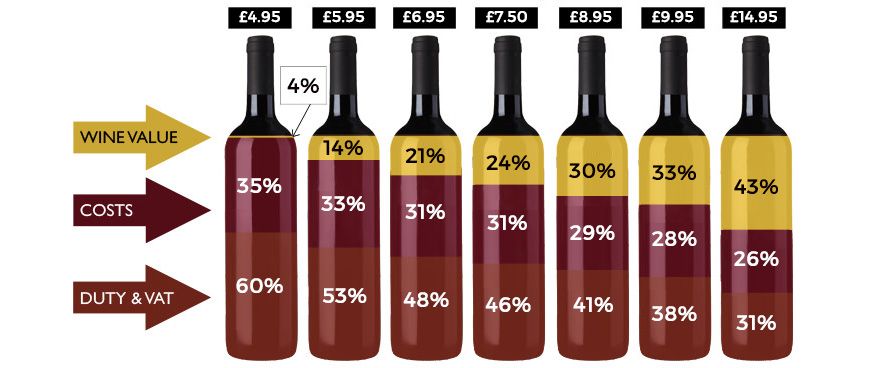
The UK government takes a whopping £2.23 per bottle of wine in duty, add to that 20% VAT, the cost of the label, closure, the bottle, logistics, transport, and then add the mark up from wherever the wine is purchased from.
In the end, the liquid in the bottle can be worth as little as £0.05 so spending a little bit extra can make a huge difference.
Packaging
Don't worry about the container or the closure - wine now comes in a variety of packaging and as long as the liquid inside is from a good supplier then the choice of packaging shouldn't affect your decision.
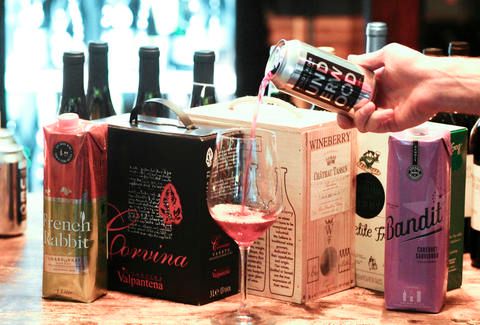
If you go to some of the regions in the south of France or Spain you will see the locals buying their everyday wine in petrol cans, the very idea might make you cringe but these wines can be far superior to a lot of house wines served across the UK.
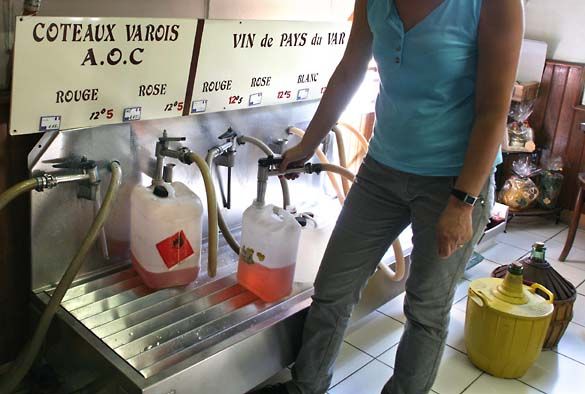
As can be seen now that virtually every craft brewery is canning their products instead of bottling, it should be clear that cans have come a long way.
Wine in a can was the obvious next step, recycle friendly packaging, no taint from light filtering through the glass bottles, lightweight and safe to carry with you - all the things that make cans perfect for beer (and festivals) are also true for wine.
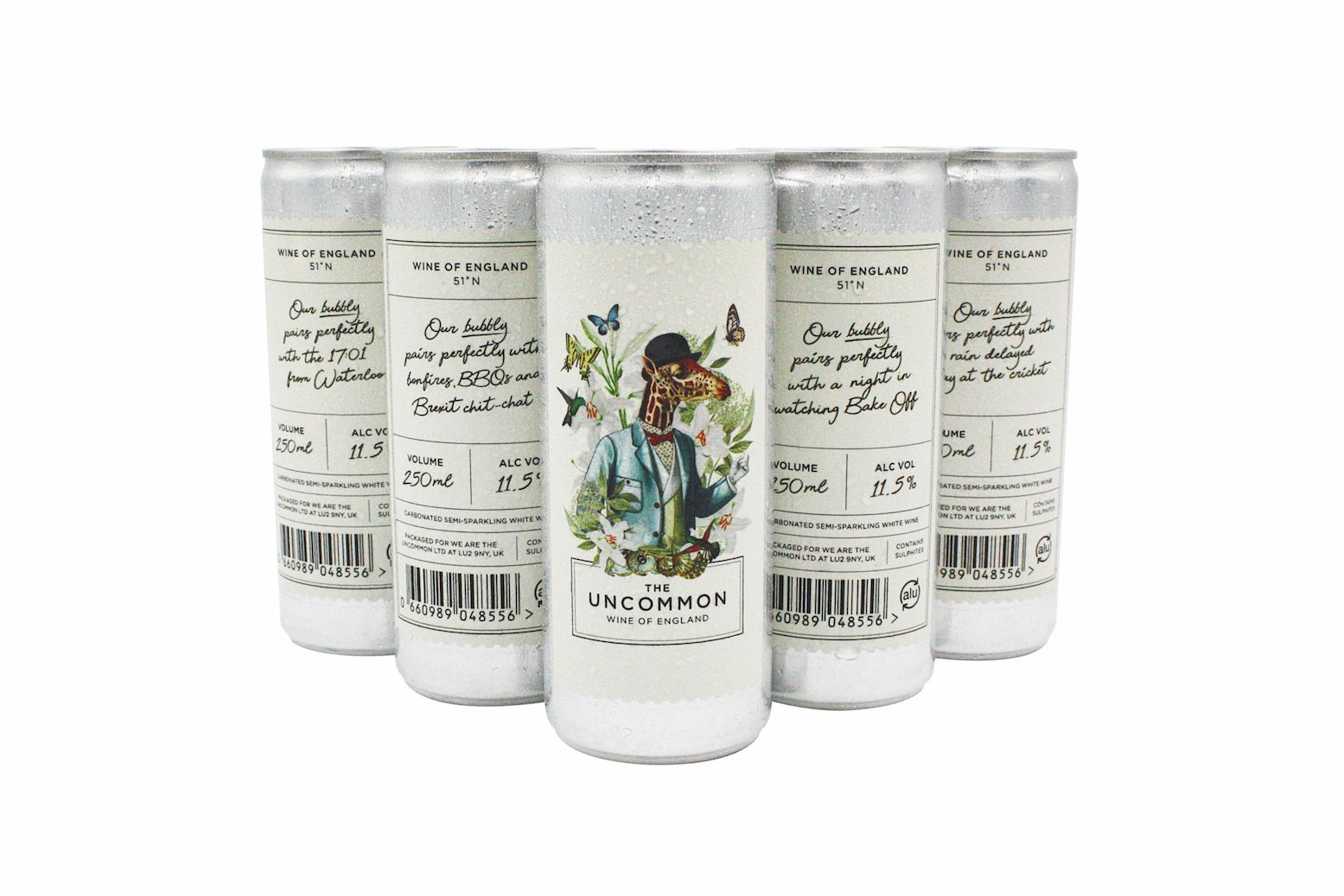
Not only that but there have been great leaps in other packaging that we used to hold our noses up at. The idea of a Bag-in-box wine used to conjure up images of cheap wine on caravan holidays.
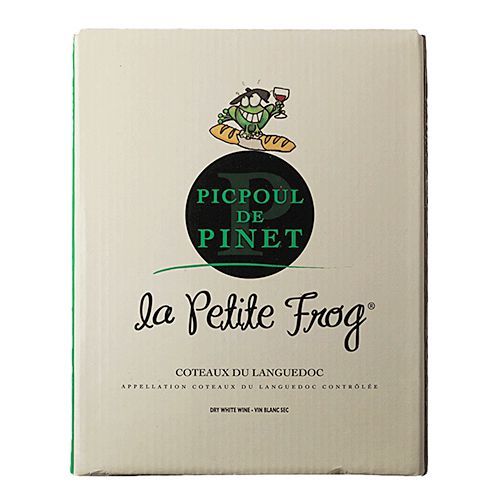
Now thanks to the Scandinavians making significant improvements in the BIB technology the quality of the wines to be found is much better, as smaller producers can now package their wines as well as the BIB keeping the wines in optimal condition.
In Sweden, about 60% of all wine sold is BIB. In England, some of the top restaurants and wine bars are selling wines from BIB or even on tap from kegs.
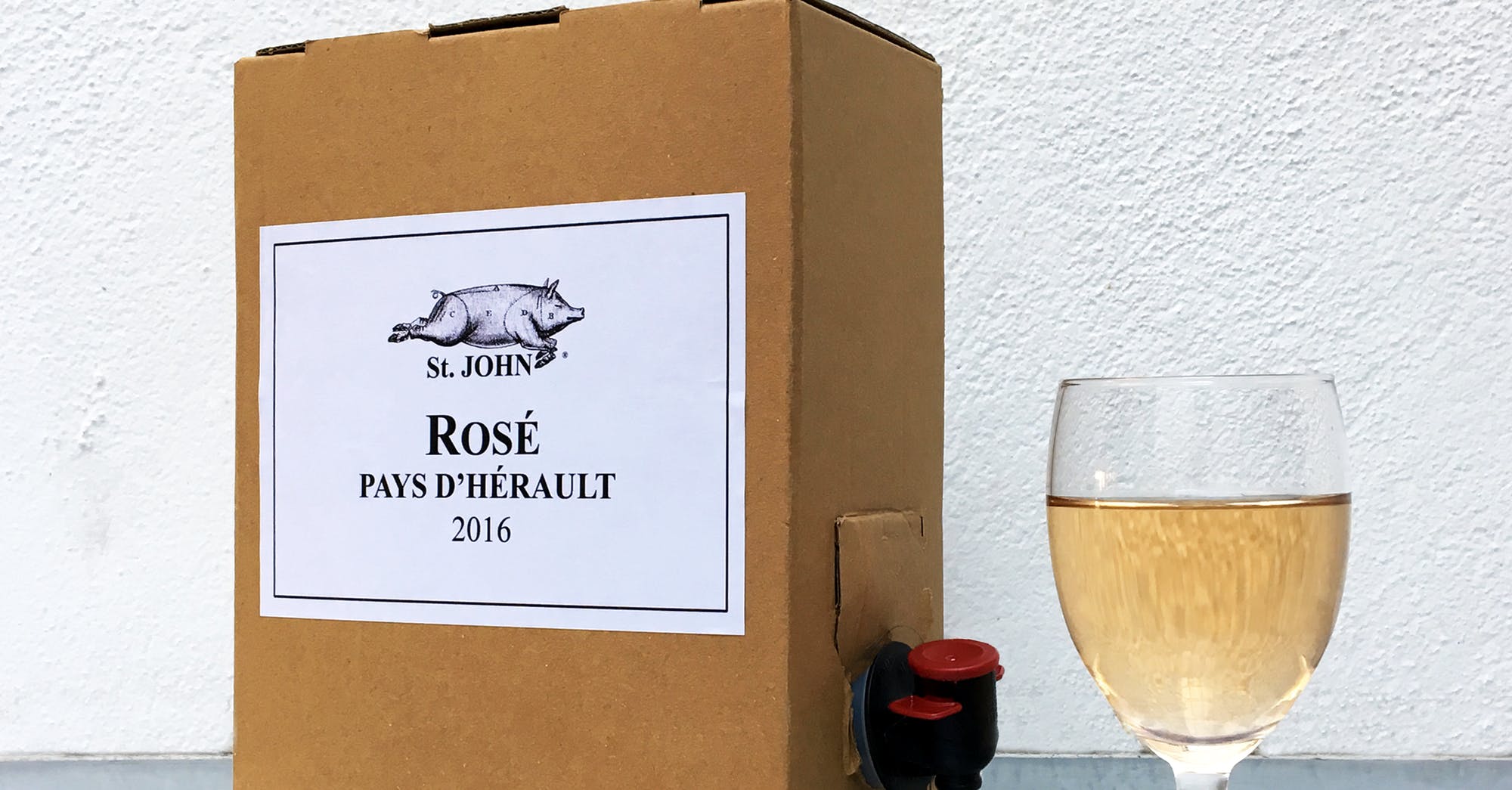
Wine Closures
As for closures - cork or screw-cap, (Stelvin is the leading brand and most widely used), even crown caps (beer bottles) or glass stoppers are now used and are a matter of choice for the winemaker - normally based upon the target country/ audience.
The closure shouldn't make much of an impact on your decision to buy wine - although the person you're buying it for may disagree.
Hopefully, the below will help you explain why the closure makes no odds for a wine that is designed to be drunk whilst young (the wine not the consumer).
Sad as it may seem there are some very long and interesting articles around closures - the below is just the basics.
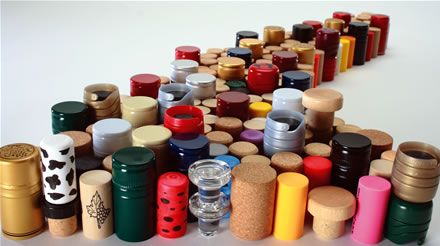
Wine can breathe under either cork or screw-cap - depending on the liner used in the screw-cap.
Cork is the classic closure and people will lean towards these wines just because they are sealed with a cork.
Corks are great, they are sustainable - they are taken from the bark of a tree (Quercus suber) which regrows every decade. So no trees were harmed in the making of this wine.
There is a risk of 2, 4, 6, Trichloroanisole contamination - when your wine is corked, but this is much more widely understood now. It is a fungus that binds with Chlorine that is used to treat the cork trees - a number of producers use different alternatives to reduce the likely hood of this happening. There's still around a 2-3% chance of your wine being corked.
Screw-caps can be used that don't allow any oxygen ingress so keep aromatic wines tasting as fresh as can be.
Or they can allow a small amount of oxygen mimicking the way a cork will allow oxygen into a bottle - this is ideal for wines that want to develop whilst ageing.
Of course, a wine under screw-cap can't be corked (tainted by TCA) - but it can be out of condition if the seal is not perfect and oxygen has gotten in and spoiled the wine.
If the screw-cap is sealed properly you can actually hear it when you open the lid - it pops very softly when there is a good seal.
Vinolok - the glass stoppers (at the front of the above picture) are a great addition to the closures available and look and work brilliantly - though the cost is prohibitive for many winemakers.
Crown caps can be used for sparkling wines and have been proven to keep the wine in perfect condition for decades - though you lose that 'pop' of the cork which we all associate with celebrating.
So there are many things to consider when looking at a bottle of wine, there are many things that seem to put people off choosing a wine. I would encourage you to explore a little bit and not be put off by something like the closure or the packaging.
That being said many people buy with their eyes, so I would also recommend you are not taken in by the pretty picture and look in more detail at the grape variety, region, and any other information the label gives you.